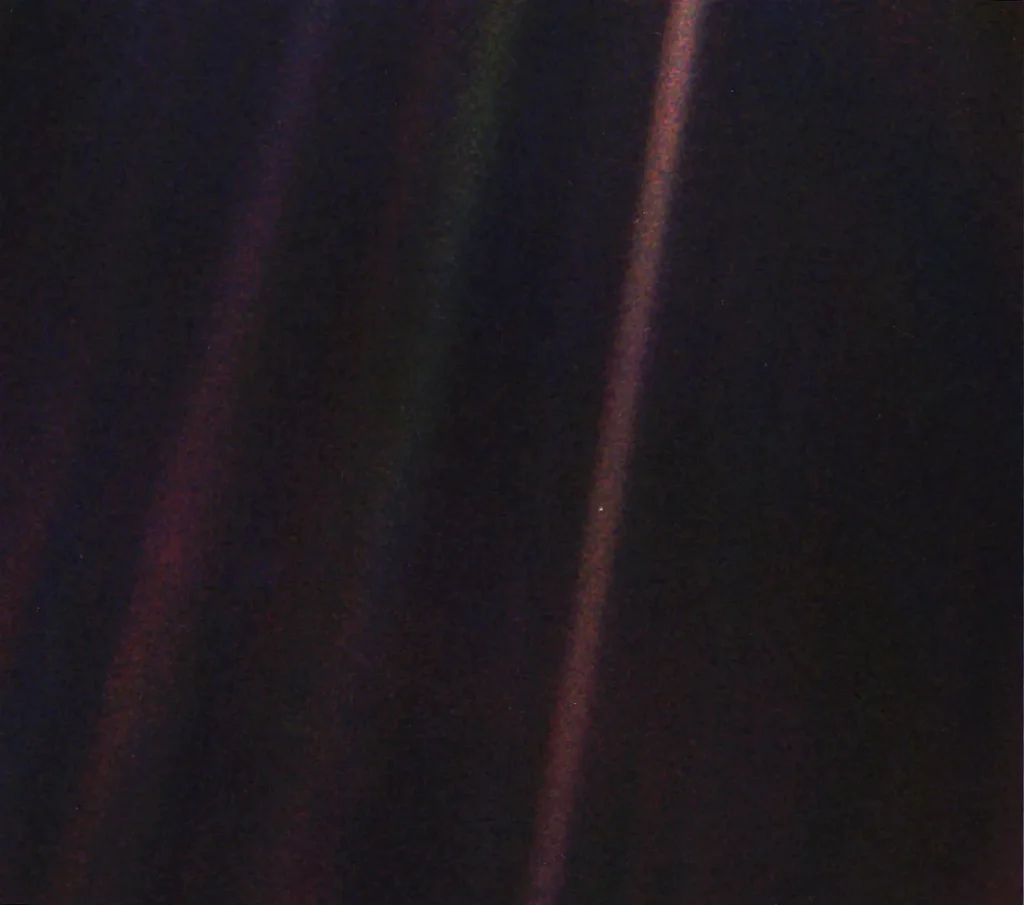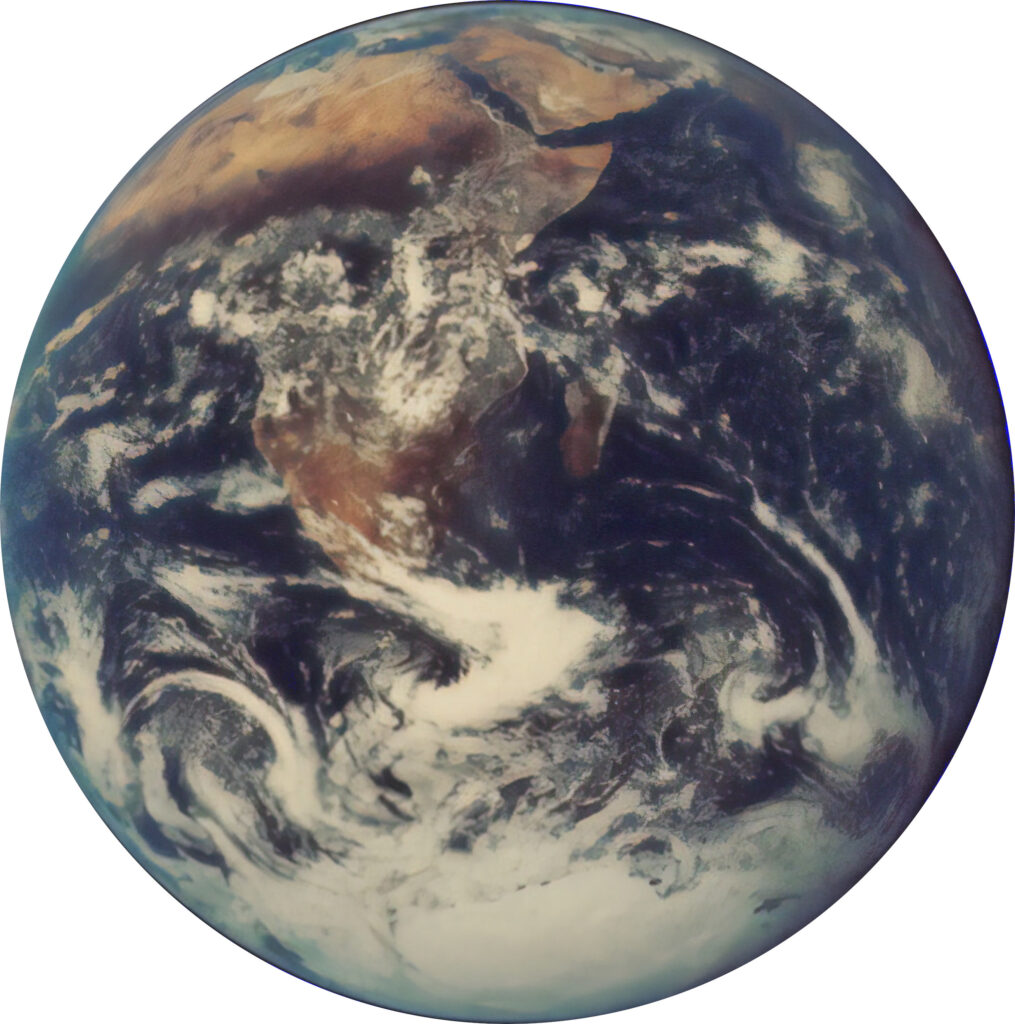[ST Ref: PT-B1-C12_240819: ‘Planetoid Trilogy’, ‘Star Island’, Chapter Twelve: “The Port”.]
What is reality? This is one of the themes of “The Port”, Chapter Twelve of “Star Island” of the “Planetoid Trilogy“. In this chapter, Rebecca continues her adventures on Star Island.

What is reality?
But what is reality?
The French existentialist, Jean-Paul Sartre, asked the question: “If a tree branch falls to the ground in a forest, does it make a sound if there is no one present to hear it?”

At first sight the question seems silly and the answer obvious: of course it makes a sound! The branch falls under the force of gravity and gains kinetic energy in the process. It eventually hits the ground and the kinetic energy it has gained during the fall is transformed into vibrations and noise. So obviously it makes a sound, regardless of whether there is anyone there to hear it.
What is the question?
But is the above the answer to the existentialist’s question?
Sound
If we consider “sound” as just audio frequency air vibrations, then we can detect these vibrations with a microphone that transforms the air vibrations into analogue electrical signals. We can then use electronics to measure the signal, and store it as either an analogue recording (such as on magnetic tape) or a digital recording in a computer memory device (such as a USB pen drive). This suggests to us that the “sound” is present even if no one is there to hear it.
Perception of Sound
But is that the “sound” that the existentialist is referring to? Or is he thinking of the human “perception of sound” that arises in our mind after the noise of the fallen branch has been processed by our ears and nervous system?
The sound and the perception of the sound are not the same thing: the audio frequency air vibrations are a separate phenomena from the perception of the sound resulting from the vibrations.
Objective verses Subjective
And so we return to the question of this blog post: “What is reality?”.
Is it what scientific instruments measure or is it what an individual’s mind perceives?
One is objective and the other subjective.
As human individuals we can only view the world around us via our brain’s perception of the reality that is detected by our senses and then processed by our brain.
Real or Virtual?
How do you tell whether your immersive experience is scientifically real (objective reality) or whether it is virtual (a created ‘reality’ designed to deceive your subjective perception)?
I have heard that there are some people who think that our daily reality is part of some giant, universe wide, numerical simulation engineered by some superior alien mind.
Numeric Model of the Universe?
This idea seems unrealistic in so much as what would possibly be the purpose of such a digital model?
The cost in resources and energy would exceed the resources and energy of the observable universe and seems an absolute waste of effort, even assuming it was possible, which is doubtful to say the least.
How many atoms or molecules in a gm of matter?
Consider the Chemical Unit of Mole. The definition of Avogadro’s number of 6.022 × 1023/mole is the number of atoms or molecules per one gram atomic weight.
Which is how many bytes of information?
Now how many bytes of information would be required to model just one atom? Such a model would need to specify many things including the structure and energy of the atom, and its position in the universe. An atom consists of several electrons ‘orbiting’ one nucleus containing protons and neutrons, which in turn are made up of quarks, etc. etc.
So to fully describe, digitally, one gram of material would require at least 6,022 x 1023 x N bytes, where N is the number of bytes required to describe one atom. This a huge amount of data just to describe one gram of matter!
NASA’s Pale Blue Dot
‘The Pale Blue Dot is a photograph of Earth taken Feb. 14, 1990, by NASA’s Voyager 1 at a distance of 3.7 billion miles (6 billion kilometers) from the Sun. The image inspired the title of scientist Carl Sagan’s book, “Pale Blue Dot: A Vision of the Human Future in Space,” in which he wrote: “Look again at that dot. That’s here. That’s home. That’s us.”‘ (reference: NASA image and quotation from NASA web page).

This NASA image is about a pixel in size (perhaps several pixels?). It is an image of Earth which has a mass of about 5.9722×1024 kg (reference Wikipedia). That’s 5.9722×1027 gm.
How many Bytes to describe the Earth?
So, in order to just describe one Earth sized planet would require data of at least:
5.9722×1027 x 6,022 x 1023 x N bytes = 3.6 x 1051 x N bytes.
And this estimate does not take into account the data required to describe the relationships between the atoms: molecular structure, complex interactions between molecules, life structures, sea currents, tides, climate, weather, etc. etc. etc.
A 3D Model of a Planet
We are not talking about a 2D computer gaming screen showing just a limited view of a room but a fully interactive model of the entire planet in 3D and detailed from subatomic scale, right up through human scale, and up to solar system scale! (And that is ignoring the hundreds of billions of stars in our galaxy and the hundreds of billions of galaxies in the observable Universe).
What would be the point, assuming that it was even possible?
Back to Star Island and Chapter Twelve…
But what if you find yourself transported inexplicably into a reality that your scientific education and training tells you cannot be real?
What do you think?
We welcome your comments.
